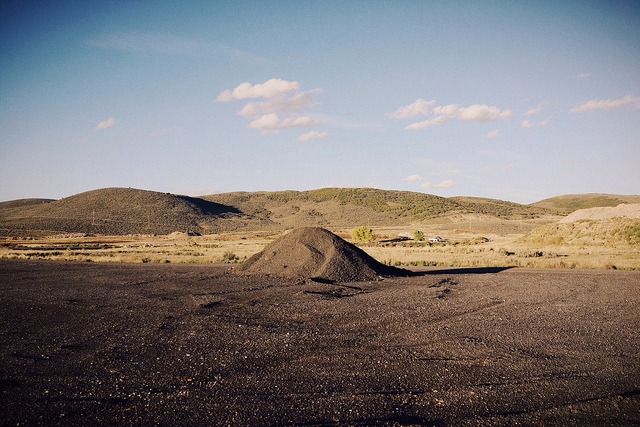Item Link: Access the Resource
Date of Publication: April 18, 2018
Year of Publication: 2018
Publication City: New York City
Author(s): Moises Velasquez-Manoff
Journal: The New York Times Magazine
Agriculture could pull carbon out of the air and into the soil — but it would mean a whole new way of thinking about how to tend the land.
Since the start of the Industrial Revolution, agricultural practices and animal husbandry have released an estimated 135 gigatons — 135 billion metric tons — of carbon into the atmosphere, according to Rattan Lal, a soil scientist at Ohio State University. Even at current rates, that’s more than a decade’s worth of carbon dioxide emissions from all human sources. The world is warming not only because fossil fuels are being burned, but also because soils, forests and wetlands are being ravaged.
In recent years, some scientists have begun to ask whether we can put some of that carbon back into the soil and into living ecosystems, like grasslands and forests. This notion, known as carbon farming, has gained traction as it becomes clear that simply reducing emissions will not sufficiently limit global warming. According to the 2014 report by the Intergovernmental Panel on Climate Change, an authority on climate science that operates under the auspices of the United Nations, humankind also needs to remove some of the carbon already in the atmosphere to avoid, say, the collapse of polar glaciers and the inundation of coastal cities worldwide. “We can’t just reduce emissions,” Keith Paustian, a soil scientist at Colorado State University and an author of an earlier I.P.C.C. report, told me. “It’s all hands on deck. Things like soil and land use — everything is important.”
The full article may be accessed here.
The views and opinions expressed through the MAHB Website are those of the contributing authors and do not necessarily reflect an official position of the MAHB. The MAHB aims to share a range of perspectives and welcomes the discussions that they prompt.
